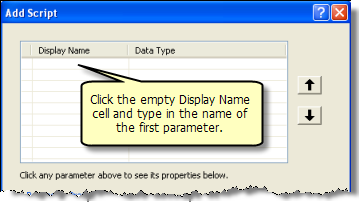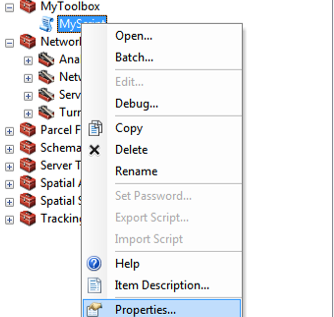

This lesson provides an introduction to ArcGIS API for JavaScript, describing how to create the Half-Earth Project globe as well as a data uploader to visualize shapefiles on it. While you can access the data and visualize it in ArcGIS Online, ArcGIS API for JavaScript allows you to access this information and build an app without needing an ArcGIS Online account and is thus an alternative GIS viewer option for anyone with a text editor, a modern browser, and an internet connection. The globe is driven by ArcGIS API for JavaScript. The code behind the platform is open source and can be reused by anyone. The Half-Earth Project Map provides an interactive summary of progress toward this goal, offered as a tool to help contextualize global datasets of biodiversity, human encroachment, and protection.

GIS is at the core of determining which places to protect. This information is then used to identify the places and species most in need of conservation action. The Half-Earth Project is working to safeguard global biodiversity through detailed mapping of biodiversity, protected areas, and human activities. Half-Earth is a call to protect half the land and sea in order to manage sufficient habitat to slow down the species extinction crisis and ensure the long-term health of our planet. We are living in the sixth mass extinction.


 0 kommentar(er)
0 kommentar(er)
